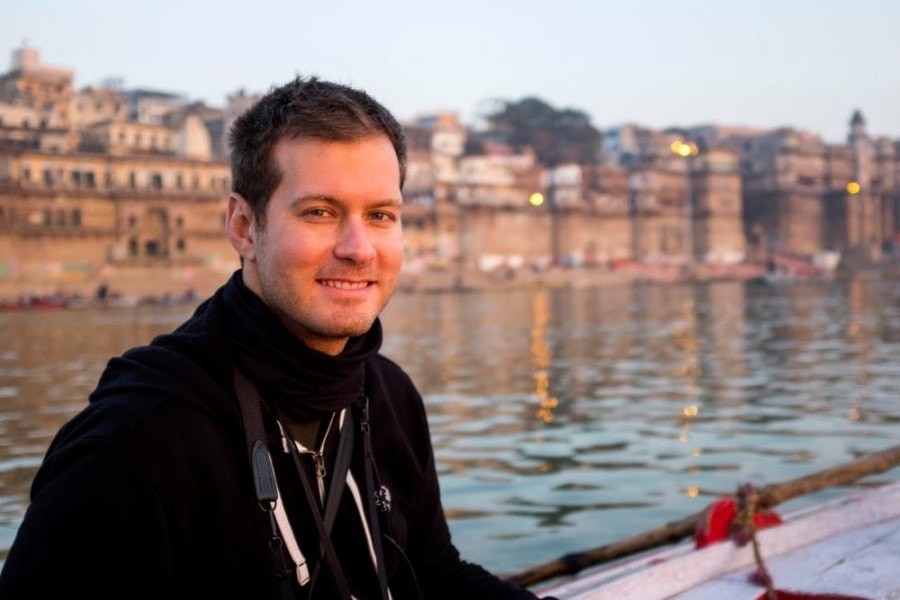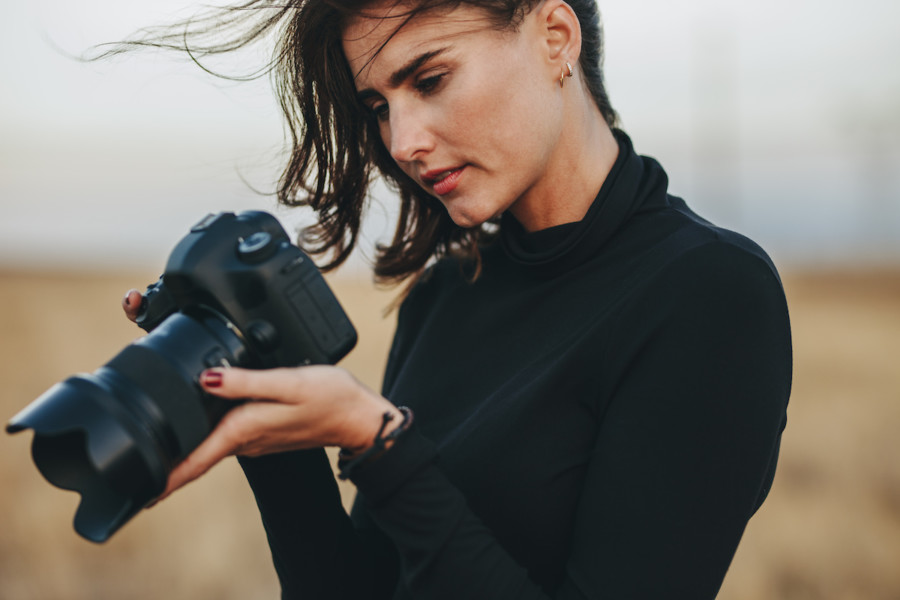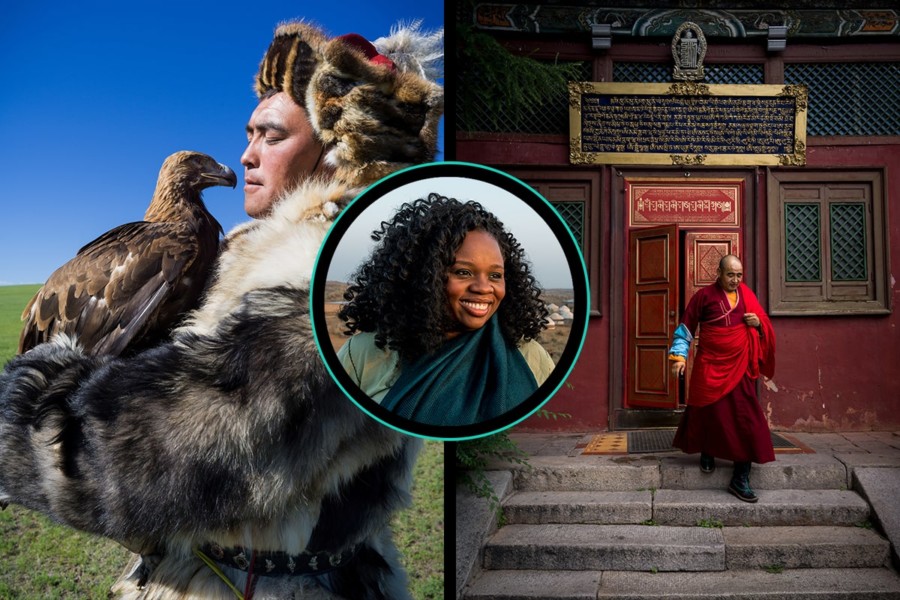Share
Snapchatting Behind-the-Scenes: Robert Caplin, The Photo Brigade
Featuring Robert Caplin, The Photo Brigade. This interview is from our free, downloadable guide The Photographer’s Guide to Snapchat. For mor...

Featuring Robert Caplin, The Photo Brigade.
This interview is from our free, downloadable guide The Photographer’s Guide to Snapchat. For more tips, download your copy today, here.
Robert Caplin is the founder of The Photo Brigade, a worldwide community of professional photographers. It started as a Facebook group in 2011 and now produces a blog, podcast and live events. The Photo Brigade’s goal is to use social media to promote the photography industry. “It’s a microphone for everybody in the industry to promote whatever it is they’re doing, and to feature the best photography projects out there,” says Caplin. The Photo Brigade recently started experimenting with Snapchat and Instagram Stories. We asked Caplin to explain the project.
How did you start using Snapchat for The Photo Brigade?
When Snapchat came along, I didn’t know quite what to do with it, so I started talking with some of my friends who are really good at it. The idea was to hand out the keys and let other photographers around the world take over and show what their life is like doing what they do. As a photographer, every other day you’re doing a different thing, meeting different people, and you’re in positions that most regular people don’t quite grasp, or even other photographers.
We’re using it as one of the many social platforms to help spread the gospel of great photography and different photographers around the world. I’m taking what I like and see from different feeds and merging them into what would make the most sense for what we are and what we do. I think about it as correspondence from different events, but concentrating on what it is to be a photographer in those situations.
Who are some of the takeovers you’ve done so far?
We sent it to a different photographer, editor or industry person every day at the political conventions. We had the Washington Post photographer, the New York Times photographer, the McClatchy Tribune photographer, all these different newspapers all over the world just taking over.
We’ve passed it out to photographers at professional or college football games. We’ve given it to NASA’s photographer who took us to Kazakhstan to photograph the landing of the Sawyer capsule from the International Space Station with astronauts inside of it.
At the Olympics, I asked a photographer to go to Cannon Camera’s facility where they had a $10 million gear cage of hundreds of bodies and lenses, more than has ever been onsite for anything before. That became one of the most popular things we’ve done.
What kinds of guidelines do you give the photographers?
I told the people at the conventions, make sure to show the nuances. Things that maybe you take for granted. What do you eat on the road? What’s it like to get security checked? What’s it like to be waiting for all of those hours? How do you transmit your photos? Show us behind-the-scenes. Show your friends. Show your gear.
I also tell them to let people know who they are up front and plug their username, so that we know who you are and why you’re taking over and where you’re at. Give us the place, who, what, where, and why so people can decide to continue to follow along and at least know what they’re watching, rather than it being so random.
What interests me is seeing someone’s life and seeing the things that are unique and interesting, not just seeing their face and hearing them talk about themselves.
How has Instagram Stories affected your approach?
Once Instagram Stories came out, we started using it instead because we have a bigger presence there and everybody has it and knows how to use it. I have a lot of photographer friends who think that Snapchat is still just the thing you use to sext photos to each other.
Obviously, they just copied Snapchat. Creating the stories is very similar. You’re going to think about it the same way, probably, on Snapchat versus Instagram.
With Snapchat and Instagram Stories, we download them and post them on Facebook so that people can watch them again. It’s content. It’s not the best content because it’s vertical, but it’s still content that ends up being able to be posted after-the-fact, assuming you download it in time.
What are some of tips you would have for photographers who want to do more with Snapchat or Instagram Stories?
A lot of people, especially people who are new to Snapchat, don’t quite realize how easy it is to put together a story of 5-, 10-second clips. They are used to shooting something professionally and then going through a whole post-editing process and then a video. This is totally different.
As with any social media platform, it’s a way to engage with your community. You can be clever with it. My friend Eric Thayer, who I’ve had take over, he’s a great photographer, but he doesn’t like doing video, so he’s always just taking pictures. He uses it in a very different way.
Some people use it to do selfies and videos, and actually be a broadcaster and talk about what they’re doing and some people don’t. There are different ways to use it to get your personality or point across. It’s just a matter of figuring out a new way to use it. All of my friends and colleagues use it differently.
Do you have any other dos and don’ts for photographers about how to use Snapchat?
I think that the most important thing is make sure your first photo or video of the day is engaging if you want people to follow along in your story, and you just need to stay engaging. I’d say keep the monologue selfie videos to a minimum. In general, I think, those type of things come across as a bit self-indulgent.
Try to not make it all about you. Show something really cool and unique and different. What interests me is seeing someone’s life and seeing the things that are unique and interesting, not just seeing their face and hearing them talk about themselves.
It’s all a fluid process of just trying new things with the new social media that’s available as it comes out, and see what sticks.
For more tips to lock down a rep and seal the deal, check out The Photographer’s Guide to Snapchat.



